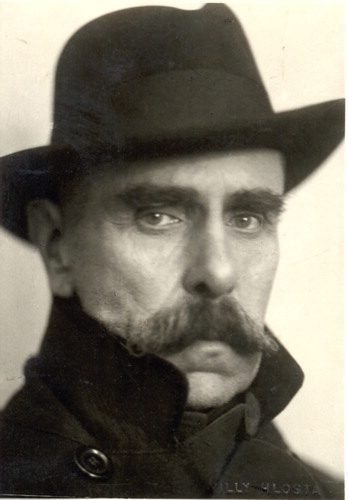In the year 1927, the Nobel Prize Winner in Medicine was awarded to psychiatrist Julius Wagner-Jauregg. He is one of only two psychiatrists to ever win a Nobel Prize. But that was not the best aspect of winning the award; the unusual feature is quite unconventional and even controversial. He won the Nobel Prize for deliberately infecting psychiatric patients suffering from paralysis – In this article, we are going to read about, Julius Wagner-Jauregg – Who was the Nobel Prize winner who conducted experiments without consent?
Julius Wagner-Jauregg was born on March 7, 1857, in Wels, Austrian Empire. He attended the Schottengymnasium, Vienna before going to the University of Vienna (1874-1880) to study Medicine and left the institution in the year 1882. From 1883 to 1887 he worked in a psychiatric clinic although it was not his field of expertise. In 1889 after succeeding the popular Richard von Kraft-Ebbing at the University of Graz, he began his research on iodine, cretinism, and Goitre.

He was director of the Neuropsychiatric Clinic at Graz University, Austria during the early 20th century. In the year 1917, he noticed an appealing phenomenon. Some of the patients that were hospitalized due to paralysis and insanity showed a miraculous improvement in their condition after getting ill and developing a fever. So, he started conducting his experiments on the rest of the patients in the ward, which was ethically acceptable during his days.
He believed that if he deliberately infected the psychiatric patients with fever, it might ease and heal their symptoms. This concept of improving mental illness with the help of fever was not new, this treatment existed for decades and it even worked as a treatment for several cases. This method is known as pyrotherapy. So, why did Wagner-Jauregg receive an award for a known and used treatment?
What he managed to do is create and develop a safe and reliable method of causing fever by scientific standards so that it can be utilized and works on patients in developing their health conditions. To achieve his objective, he went through several processes, which includes infecting the patients with rosehip infection, which is a widespread bacterial infection in the skin, but at the end of all the ways and procedures, he concentrated on the common and classic disease – MALARIA.

Malaria is common however it is not a mild disease, never was. The mortality rates due to malaria at that time could have reached as much as 20%. But the patients who were the guinea pigs of Julius Wagner-Jauregg were suffering from an advanced stage of syphilis. Syphilis is a transmittable venereal disease that in its final stage causes the victim’s general paralysis followed by a brain infection. It starts by weakening the patients and in the end, dies of multi-organ failure. The patients in the ward could have died due to syphilis, I mean in every sense infecting malaria sounds like a better alternative than letting syphilis affect all the organs in the body. Plus, the patients did not have a choice in this case as Jauregg never informed them or asked for their consent.
In the first year of conducting this experiment, he received positive results and other physicians also began to apply this method. The estimate of the effectiveness of the process stood at 30-40%. The specific strain of Plasmodium Vivax caused the patients to grow high and expanded fever, which worked in relieving the highly developed signs of syphilis. And this pyrotherapy method was used for many decades until the 1950s when penicillin treatment was created for the cure.
Also Read: How to Write a Good Poem: Fundamentals of Writing Poetry



